Film photography is my “hobby.”
It’s my expensive hobby. A hobby that adds to my actual job as a photographer. If you’re a photographer too, you probably get it. And if you’re not, well, now you know where all my money goes. (It doesn’t giggle-giggle, it flows away.)
I spend a lot of time on YouTube, watching creators talk about their favourite film cameras. Leica aside, we all know there’s a heavyweight champion in the world of point and shoots: the Contax T2.
This camera has a cult following, and for good reason. With its sleek metal body and sharp image quality, it’s a beautiful machine. Launched in 1991, the T2 has seen its price fluctuate wildly, over $800 if you’re really lucky. For me, that price feels out of reach. Not that I wouldn’t love to own one, but sometimes, you have to be frugal and think about paying next month’s rent.
While in Japan, I kept seeing the T2 in shops. My heart raced every time. I wanted it so badly. I had to control myself, and while I was doing breathing exercises in one of the shops, I noticed something else: the Contax Tvs.
I didn’t even know it existed. I quickly Googled it the spec, it had a similar metal body and style as the T2, but at a much more reasonable price. In the end, I bought it. I was so excited! Maybe it was more the thrill of finally owning a Contax, rather than this specific model, but you know how it goes: what happens in Japan often shows up on your next credit card statement.
Of course, I tested the camera immediately. I brought it with me to the Kichijoji area and my beloved Kamakura, shooting a few rolls while I waited for the lab to develop them.
And then I saw the results.
Note: It’s a point and shoot, but because I’m a weirdo who doesn’t like flashing people in the eyes on the street (imagine doing this in Japan!), I shot without flash.
Some images came out darker than I expected, even though it was a sunny day. I had imagined crisp, sharp images, something I could compare to my digital camera or my beloved Minolta 7000 (RIP). But when I first saw them, I thought, what went wrong? I felt betrayed by my impulsive decision.
I know I was walking, trying to hide myself while catching people moving quickly, so I expected a bit of blurriness, but not that much. I honestly felt like I had wasted rolls. Even when I later used the Tvs for a swimwear campaign to create extra content (this time using flash), I wasn’t completely satisfied.
But after sitting with those images for a while, something shifted. I began to see them differently.
At first, I was chasing perfection, the crispness and clarity I get from my digital gear, the sharpness of lenses I know by heart. But this camera, this tool, was speaking a different language. It forced me to learn a new way of seeing, to embrace the softness and imperfections in the images. Now, I can appreciate how they capture character. They show the movement, the fleeting nature of moments, not a perfectly still, perfectly sharp picture, but life as it happens.
And maybe that’s the real lesson here. As a photographer, I know I’m constantly chasing something I can never truly catch: perfection. That’s my issue, my eternal struggle. But photography, especially with film, teaches me to let go. To accept the unpredictable. To welcome imperfection.
In Japan, there’s a concept called impermanence (Mujō), the idea that everything is temporary, always changing. It resonates deeply with how I now see these photos. The Contax Tvs wasn’t a disappointment, it was an invitation. To slow down. To see differently. To embrace the blurry, imperfect moments that tell the real story.
So while I may still daydream about the elusive Contax T2, I’m learning to appreciate the journey with the camera I have. Because in photography, as in life, it’s not just about the perfect shot, it’s about capturing the world as it truly is: imperfect, in motion, and alive.




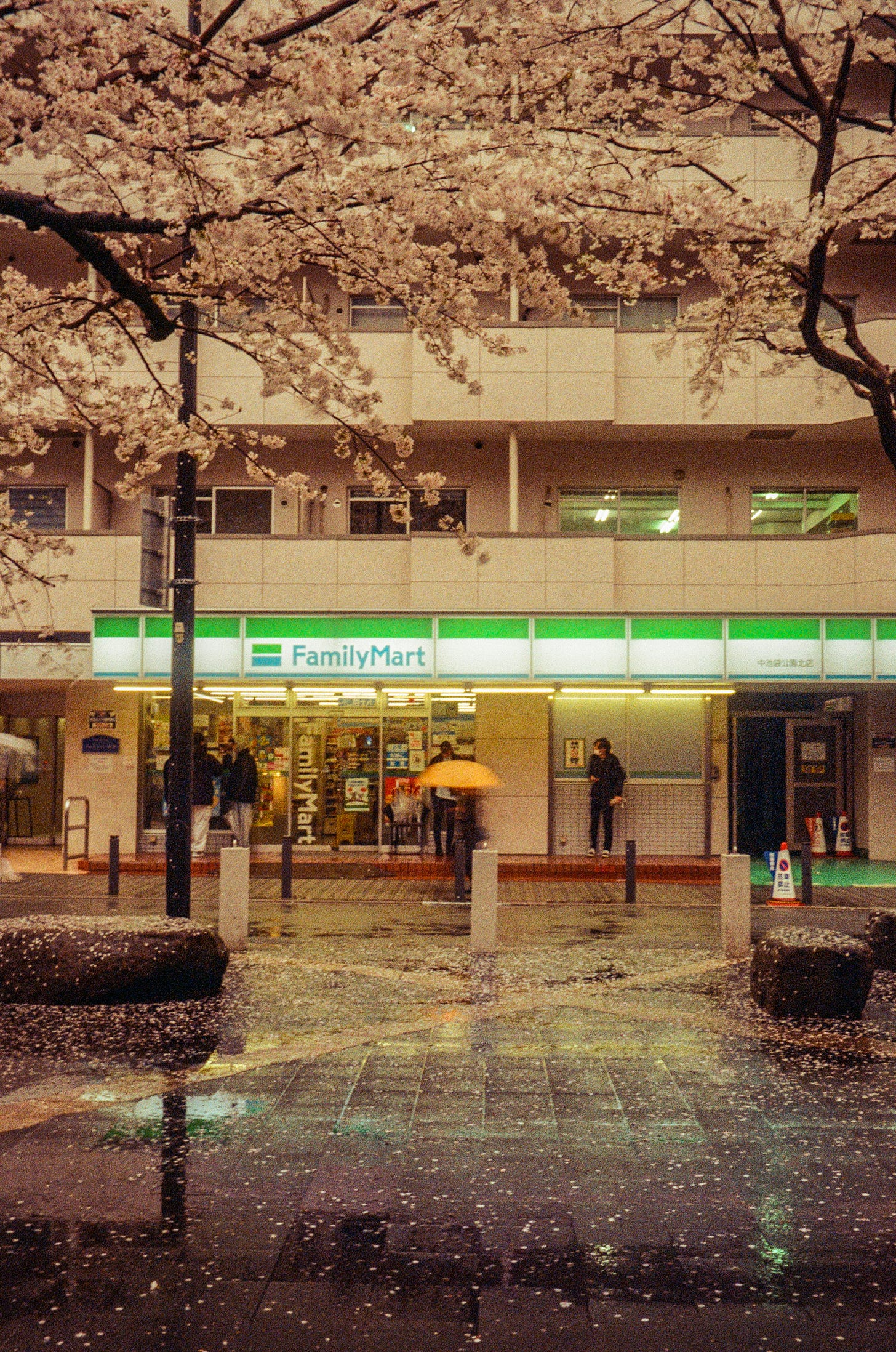
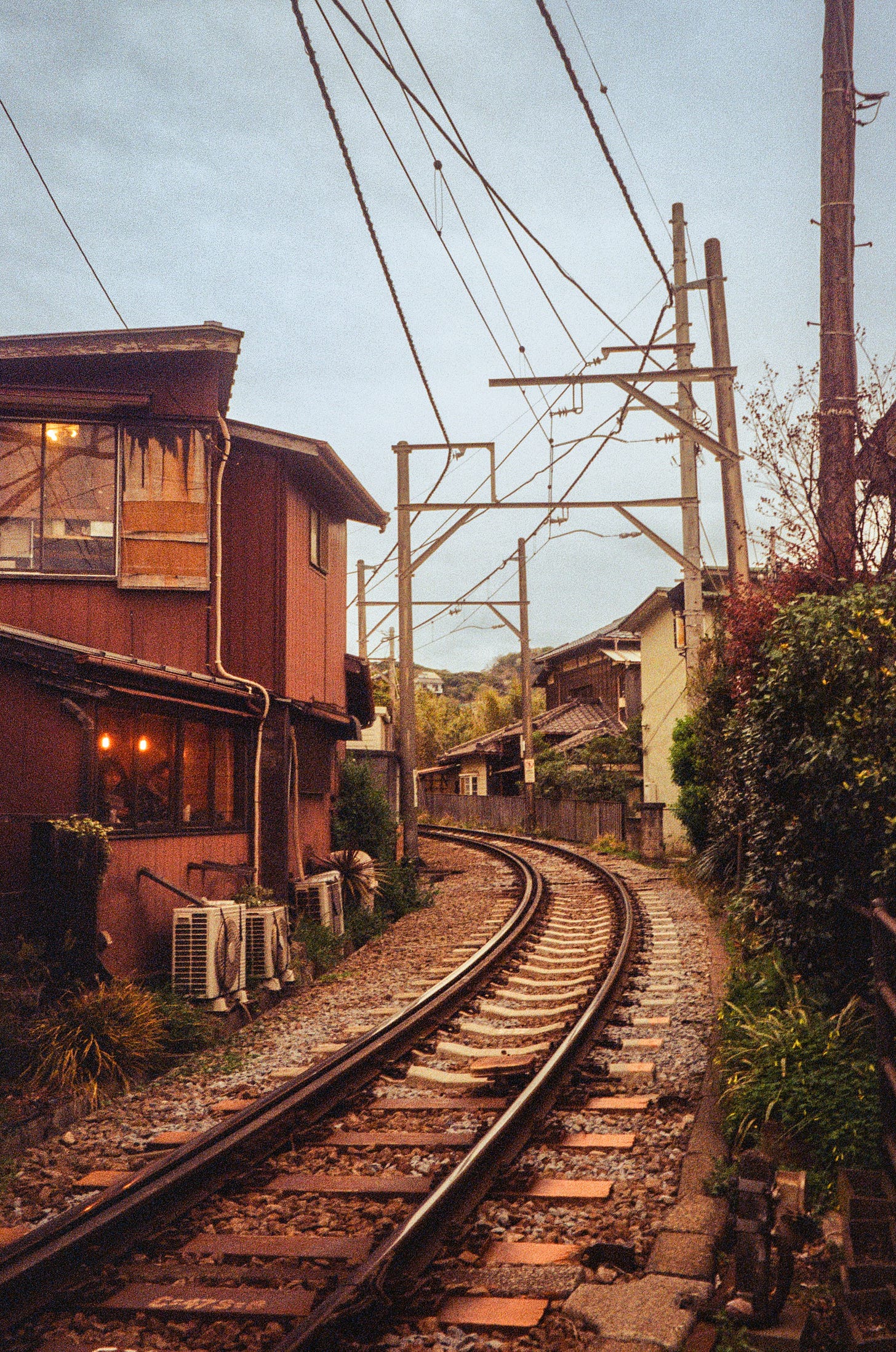
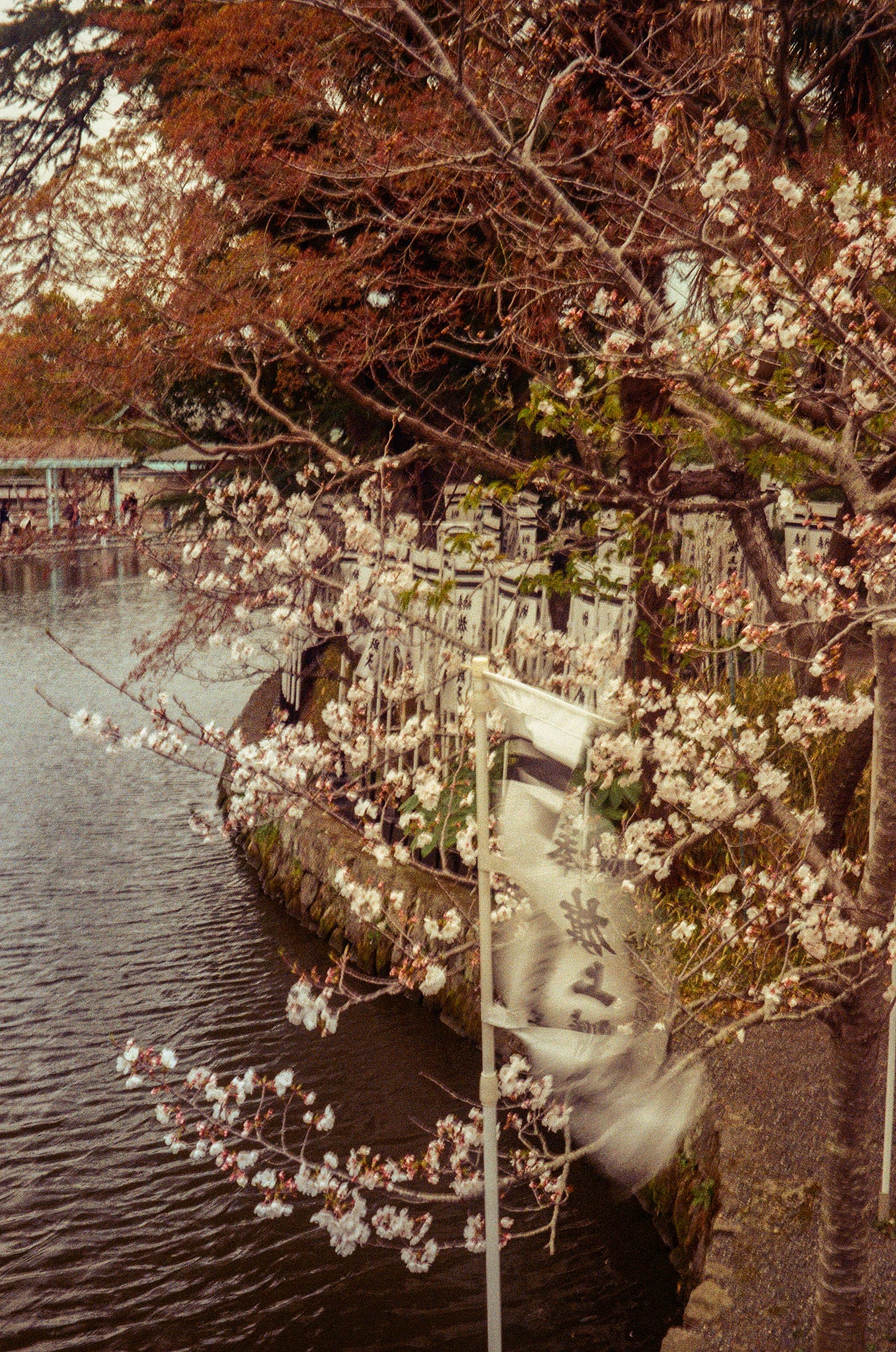
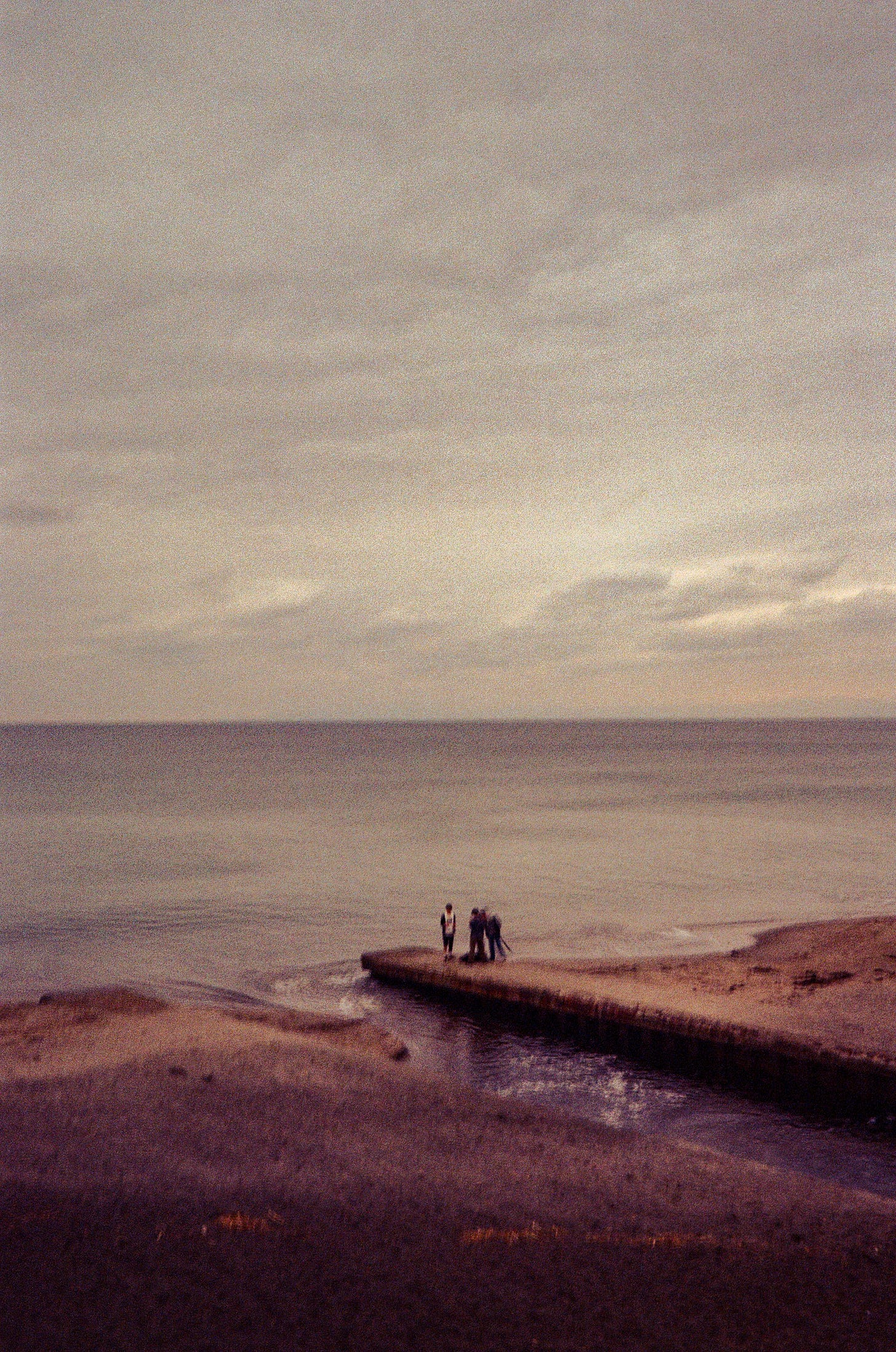
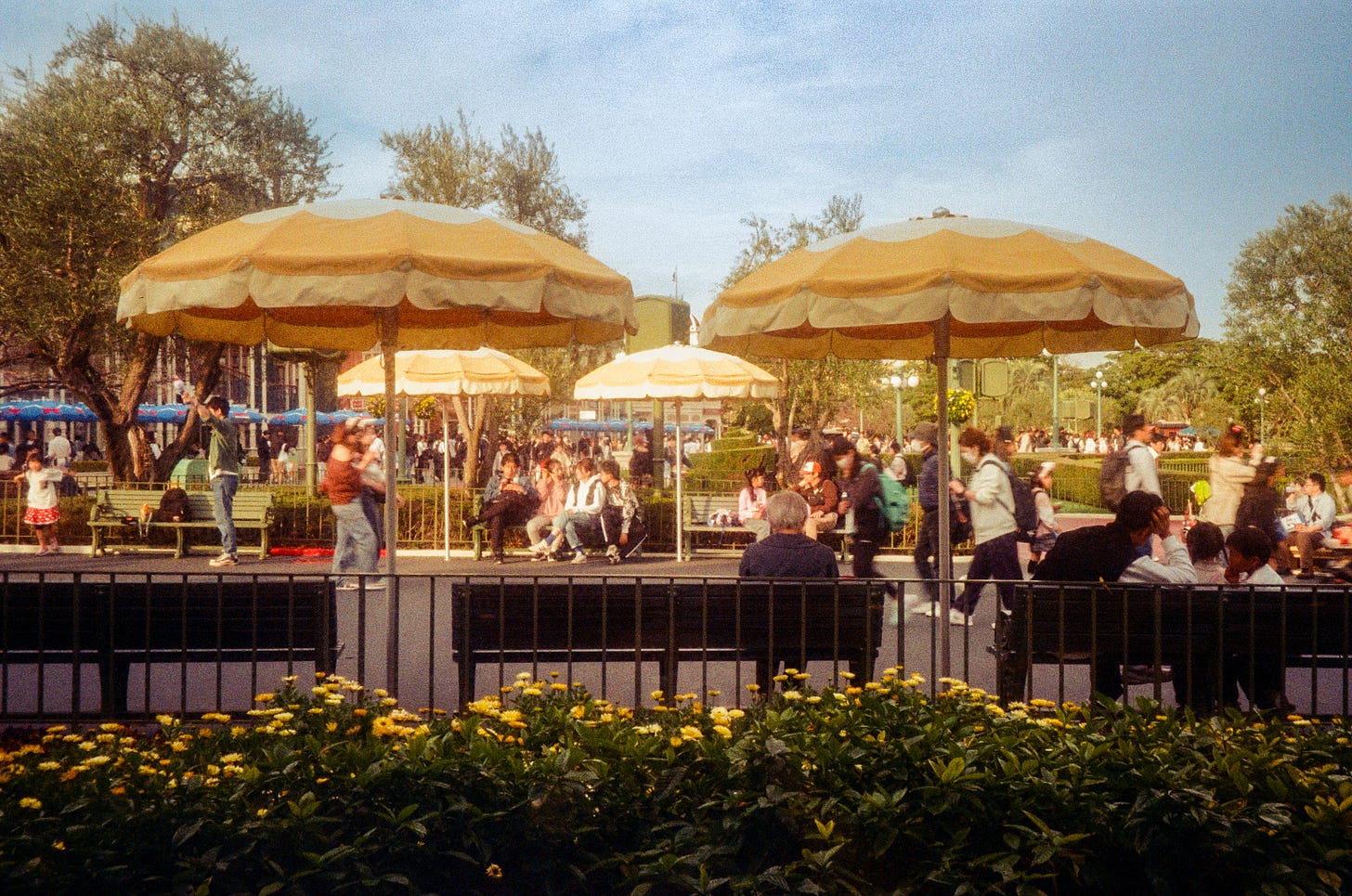
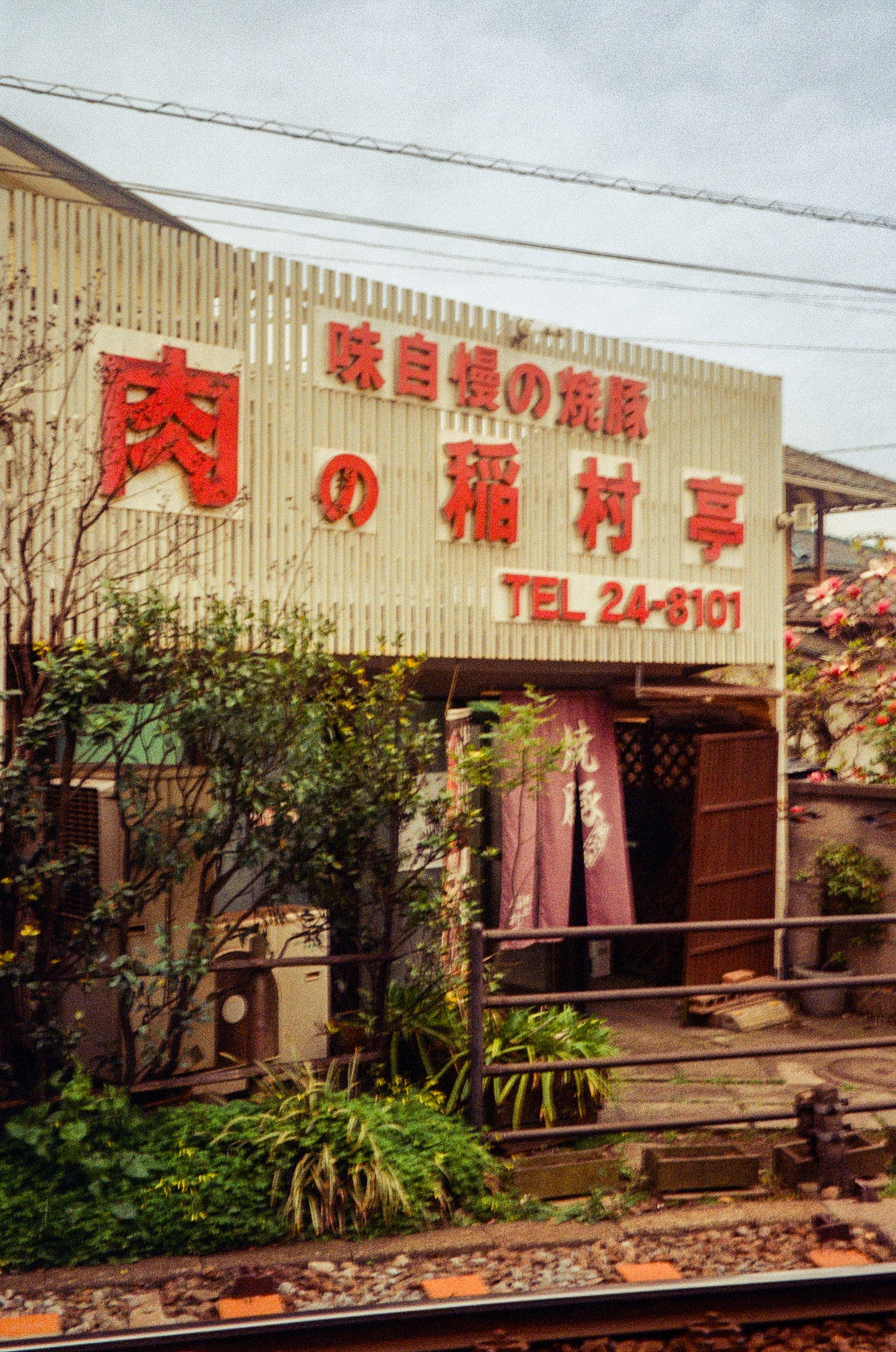

What a great approach, I can absolutely relate and after reading this post, there are staggering similarities between what you posted here and my post for tomorrow haha. At any rate, I loved your photos and I plan to do some similar shopping (and buying) of cameras while I’m there and getting photos both shot and developed. Can I ask where you took your film for developing while in Tokyo?